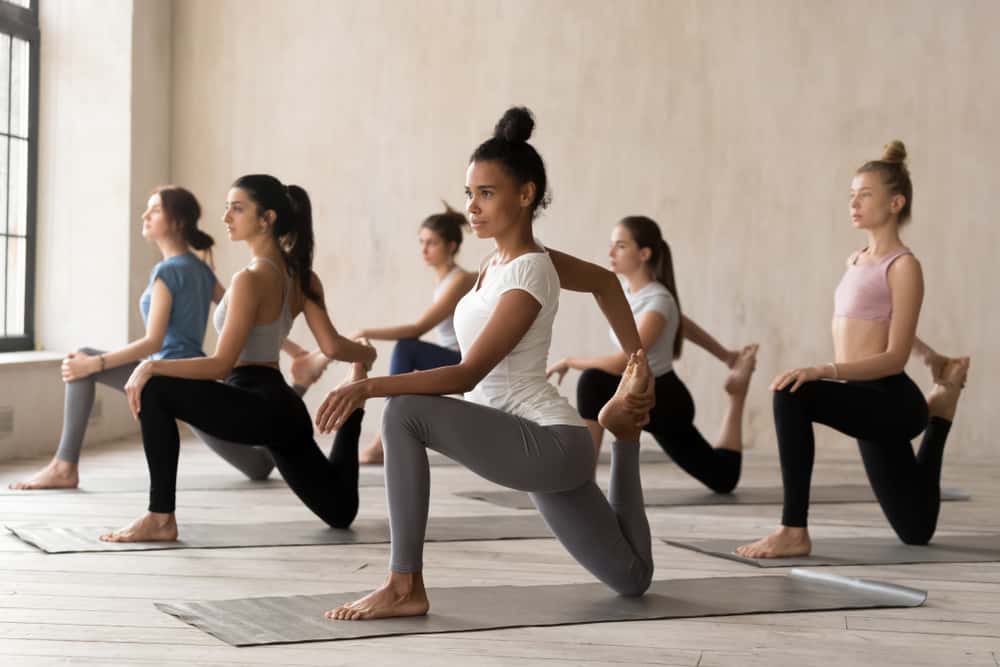Yoga is a practice dating back 5,000 years. Originally, the method was utilized to obtain harmony between the heart and soul while on the journey to personal enlightenment. In many ways, yoga was used like meditation is used today; yoga allows one to become aware of the body and mind; a holistic approach to wellness. The goal of yoga was to achieve a higher level of consciousness, becoming aware of how the mind and body work together. Today, yoga has been verified in the health sector as a natural alternative to physical maladies. There is a total of eight different types of yoga, and each comes with their own health benefits. Read on to learn which types of yoga exist and how they can help in your day-to-day life.

Vinyasa Yoga
If you’re looking to stay to the traditional values of yoga, look no further than Vinyasa yoga. This subset of yoga focuses on maintaining a balance between breath and movement. Vinyasa yoga sticks to the principle of controlling your breath while you move; inhaling during one action, then exhaling for the subsequent movement.
Now that we know a little about the principles of this type of yoga, it is time to understand the health benefits of Vinyasa yoga. If you’re looking to build up a sweat during your exercises, look no further. Vinyasa yoga focuses on cardio by utilizing a few low-impact poses. With increased heart rate also comes the added benefits of building up your endurance and stamina, making any further workouts easier (hopefully). Let’s take a closer look at some other general health benefits from yoga.
